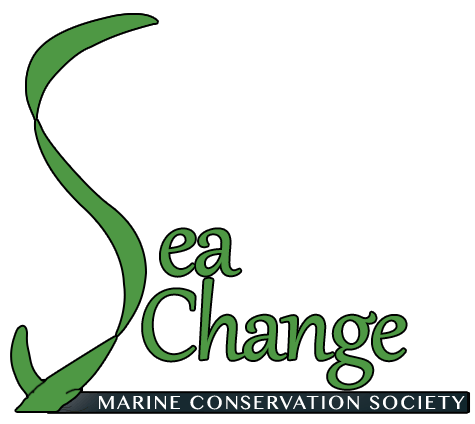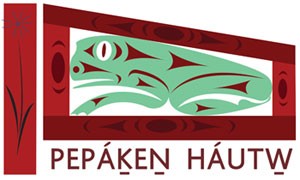SṈIDȻEȽ Resiliency Project
After eight years of intensive restoration efforts with SeaChange, the SṈIDȻEȽ Resiliency Project is shifting towards greater leadership from the W̱SÁNEĆ community by coming under the direction of the PEPÁḴEṈ HÁUTW̱ Foundation. The PEPÁḴEṈ HÁUTW̱ Foundation has done remarkable work in fostering hands on education in the fields of ecological restoration, native plants and traditional food systems. Visit us to learn more!
W̱SÁNEĆ youth and community members are working every week for the continued revitalization of traditional food ecosystems at the inlet. We are continuing to clear invasive species from our previous restoration areas as well as opening up new large restoration areas. Like many grassroots restoration projects, we have always relied on volunteer support and community collaborations to move forward in our work. While these amazing connections remain integral to our project, the addition of a regular crew working at SṈIDȻEȽ has made an incredible impact on the quality of our stewardship of this special place. Hidden corners and ornery tasks are finally getting the care and attention they need to thrive and truly restart the natural processes so important to the health of a functioning ecosystem.
The SṈIDȻEȽ Resiliency Project crew is also actively engaged in sharing and learning about traditional foods and medicines, a key component in indigenous food sovereignty and W̱SÁNEĆ cultural revitalization. This project offers our crew the space to build their cultural skills into their professional development, while also providing the public with opportunities for education on the profound W̱SÁNEĆ connection to SṈIDȻEȽ.
We are so grateful to EcoTrust and VanCity for their support in this important step forward in the healing of SṈIDȻEȽ, a special W̱SÁNEĆ place. We are also grateful to our project partners Tsartlip First Nation, PEPÁḴEṈ HÁUTW̱ Food Systems Education Foundation and BC Parks.
SṈIDȻEȽ Restoration Project
SṈIDȻEȽ is a sacred place; our restoration work here is meant to be a deep honouring of the land. We follow the natural processes of these forest ecosystems in our decision making, taking the time to connect to the landscape and uncover the layers of stories the land holds. We emphasize the traditional food ecosystems of SṈIDȻEȽ, with sincere respect for the long and unbroken connection of W̱SÁNEĆ people to this place. Our work is informed by W̱SÁNEĆ elders, knowledge keepers and done with permission from the Tsartlip First Nation Lands Committee.
In 2006, the BC Conservation Corps employed a team of workers to establish terrestrial restoration sites in the area surrounding the inlet. From 2006 – 2010, SeaChange staff maintained these sites through school programs and volunteer restoration days. In 2010, the terrestrial restoration work was developed into a landscape level restoration plan linking all the sites together; and regular volunteer days were established to develop and expand the restoration sites. Additionally, many school programs and community groups participate annually in the restoration of these sites.
The lower sites (sites 6 and 7) reflect a mosaic of diverse forest ecosystems, leading from a coniferous edge zone (site 6a and part of 6b) to a large cottonwood (Populus balsamifera) stand (site 6b, 6c, 7a). The cottonwood stand is also mixed with early successional stage forest species such as bigleaf maple (Acer macrophyllum), red alder (Alnus rubra) and nootka rose (Rosa nutkana). Sites 8, 10 and 13 represent the ecotone of mixed deciduous and coniferous forest between the areas heavily modified by past industrial activities and the more mature, intact forest community in the eastern section of the project area. Site 13 represents very dramatically the many cultural layers that exist at SṈIDȻEȽ; its restoration has significant public appeal and provides a high visibility centerpiece for this work. Site 11 has some qualities of a moist forest being downslope from a wetland ecosystem, and the drainage areas in particular may be restored in conjunction with future wetland restoration (site 12a). Site 19 and the Chinese midden site are within the mature forest areas of SṈIDȻEȽ.
The modified soils of some of our newest restoration sites (6 & 7) present a unique set of circumstances due to the significant amount of concrete debris littering the area. We have taken an active approach to soil restoration to jump start the ecological recovery in these areas through the generous application of leaf mulch to the land over the autumn and winter. We predominantly use leaves which are appropriate to the forest ecosystems of SṈIDȻEȽ; throughout the autumn, we gather red alder and bigleaf maple leaves from the local area (with a lot of help from local residents!) and cover our sites with these leaves. These leaves nourish the soil to the correct acidity and introduce the fungal and bacterial relationships back onto the land so our planted species can thrive.
Our choices of plantings are informed by concepts of ecological resilience. Pioneer species such as alder, maple, and cottonwood grow quickly and, being deciduous, provide shade for the exposed sites during the summer then drop their leaves each winter to foster the soil enrichment of the site. Pioneer species also create niche habitats which facilitate the natural regeneration of other shrub and herbaceous native species on these sites. This approach to restoration imitates the natural succession stages of ecosystems after disturbances and allows for ecosystem adaptation in the face of a changing climate.
We have also discovered there are many old fruit trees throughout almost all our restoration sites at SṈIDȻEȽ, left from the era after the cement plant closed down and people lived in the staff residences (many lived here until the 1950-60s). We have been tending these fruit trees, most of which have not received any care for decades, regarding them as a positive remnant of a very complex and destructive piece of the history at SṈIDȻEȽ.
Each restoration site at SṈIDȻEȽ has a place in the larger landscape of the inlet area and the wider bioregion outside park boundaries. Archeological remnants of the homes and buildings associated with the cement factory are the sites of the most ecological disturbance at SṈIDȻEȽ, and the focus of our invasive plant removal efforts. Tsartlip First Nation, who hold a claim on this sacred W̱SÁNEĆ place, works in partnernship with SeaChange to do this restoration work in respectful ways which respect and honour the W̱SÁNEĆ connection to SṈIDȻEȽ, such as planting traditional W̱SÁNEĆ foods and medicines. Many W̱SÁNEĆ youth and community members are active participants in this restoration work and lead the vision for the future of SṈIDȻEȽ. We hope our restoration sites offer park visitors some insight into a complex history of this special place and invite a cultural exploration into the ecology of the area.
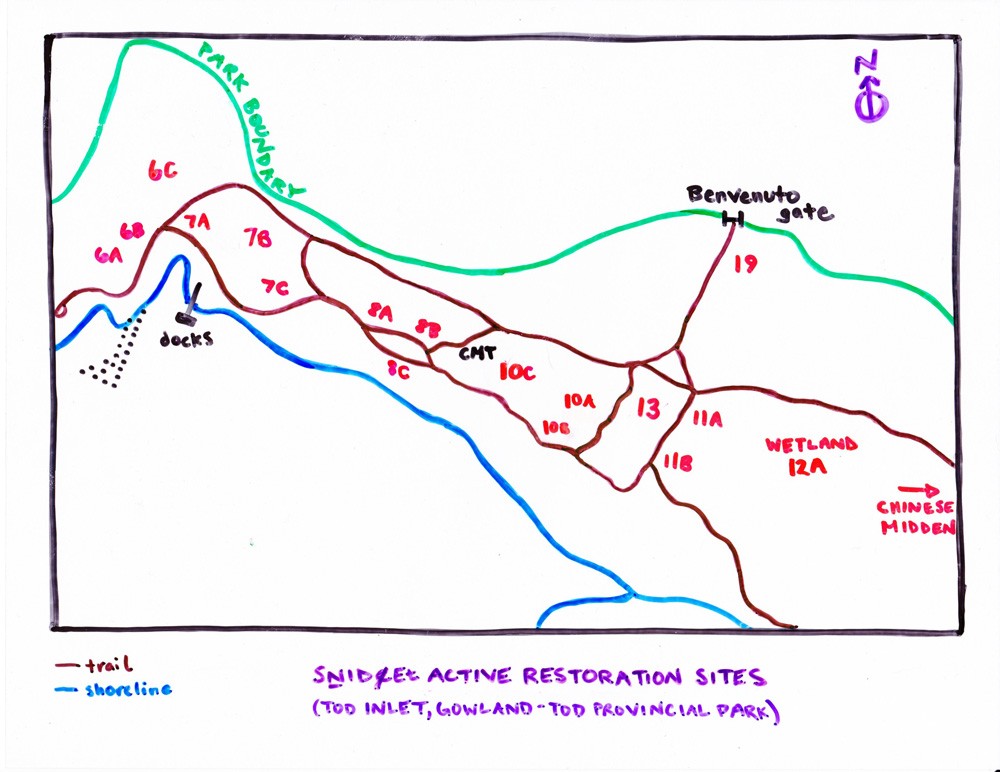
Site 6c
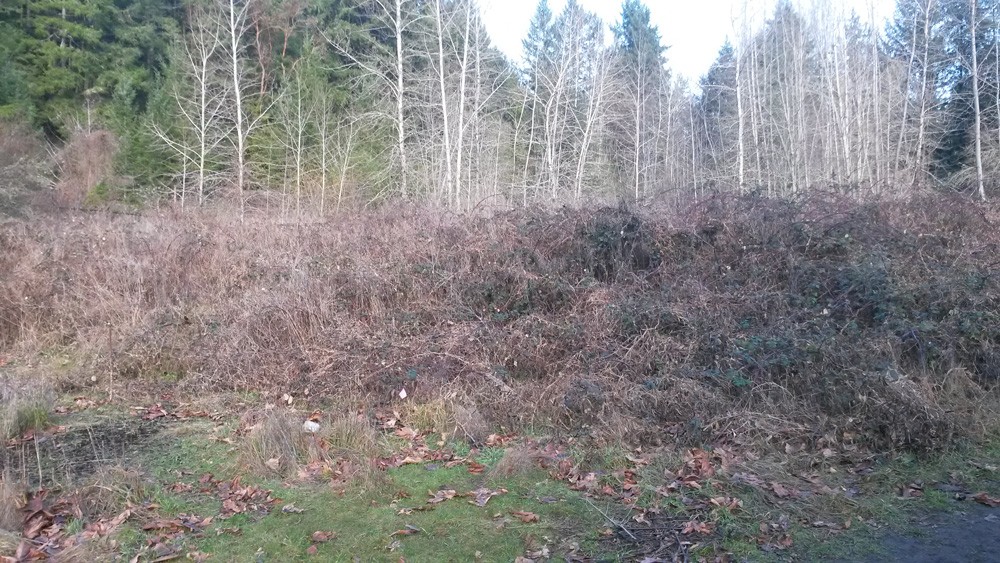
Before
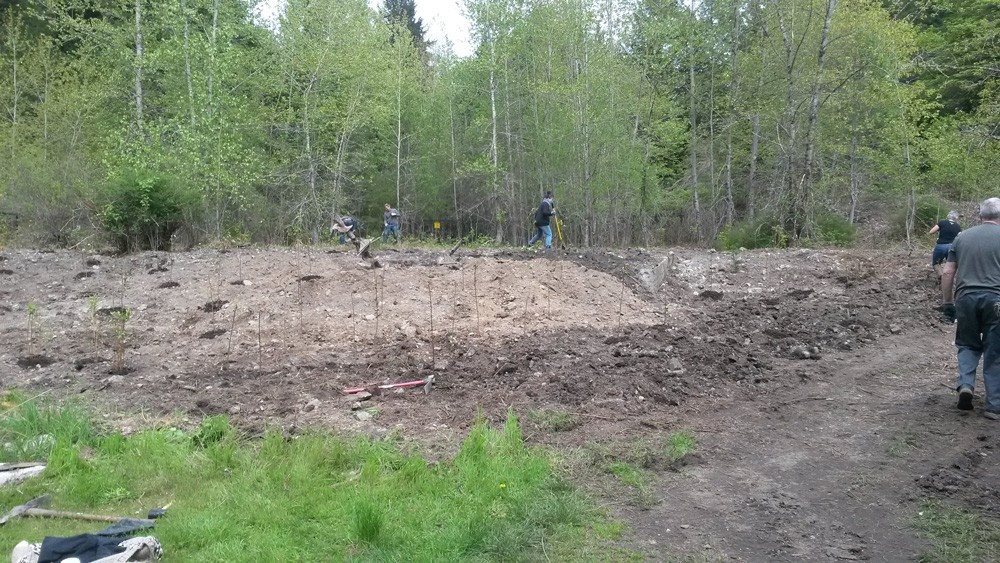
After
Site 7a
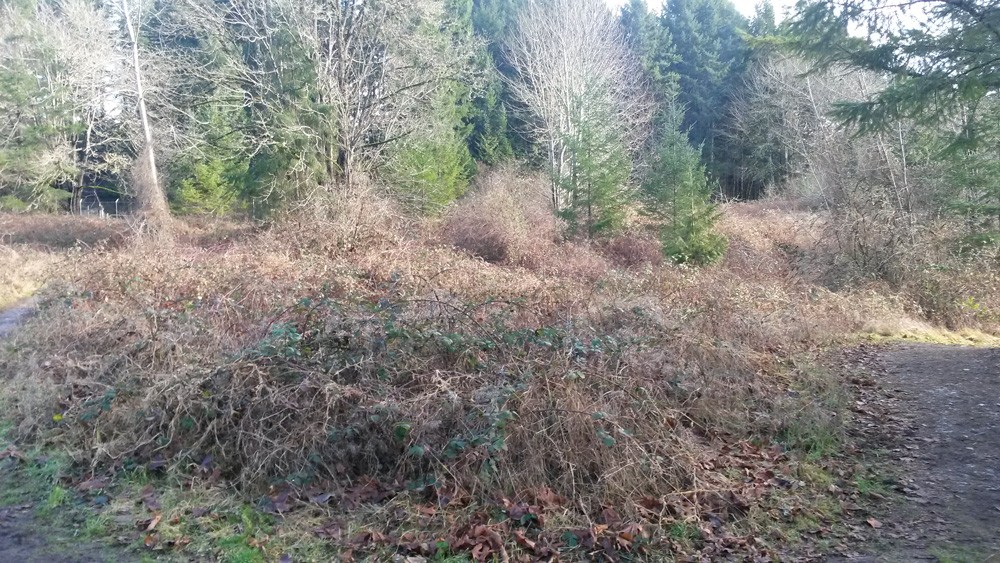
Before
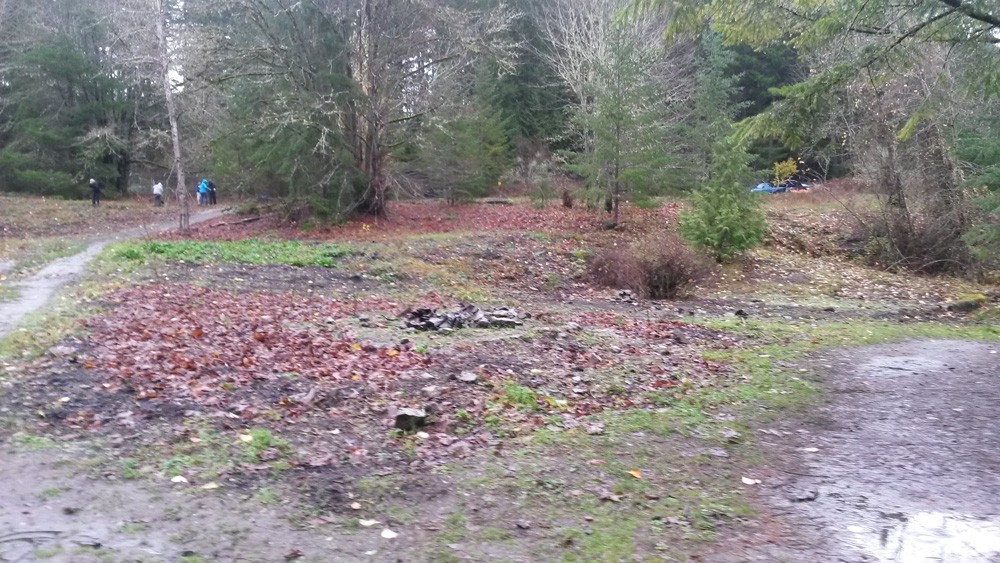
After
Site 7b South
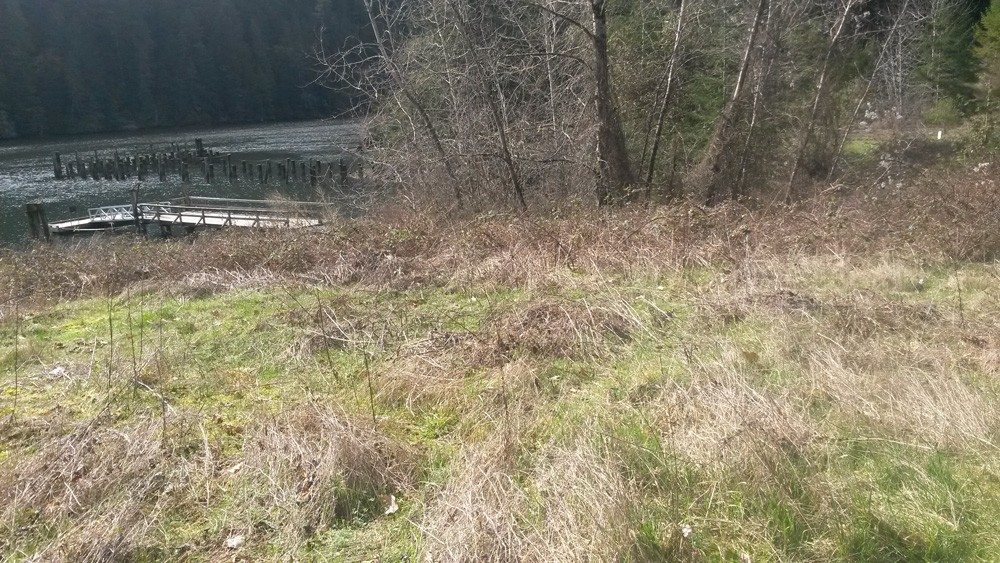
Before
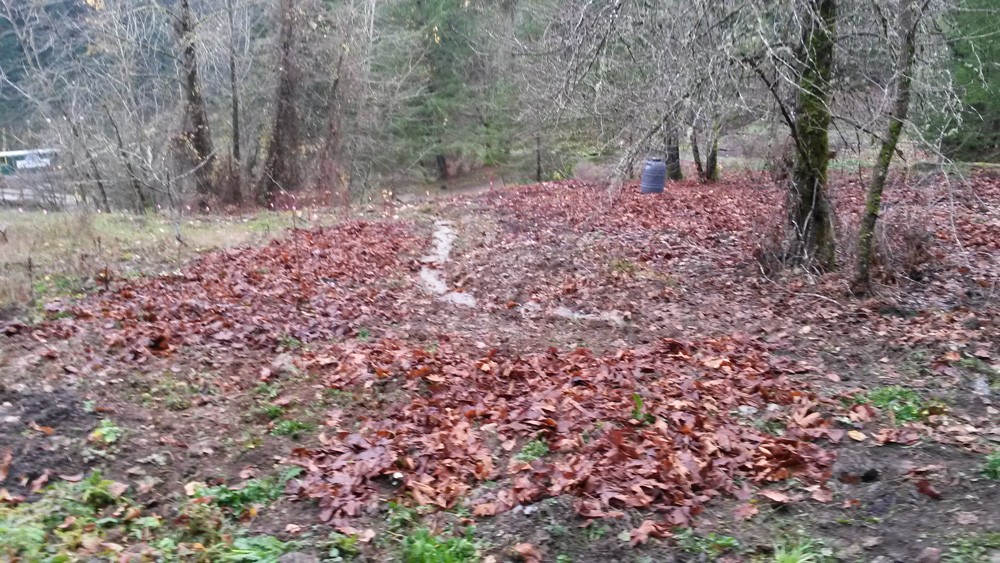
After
Site 7b West
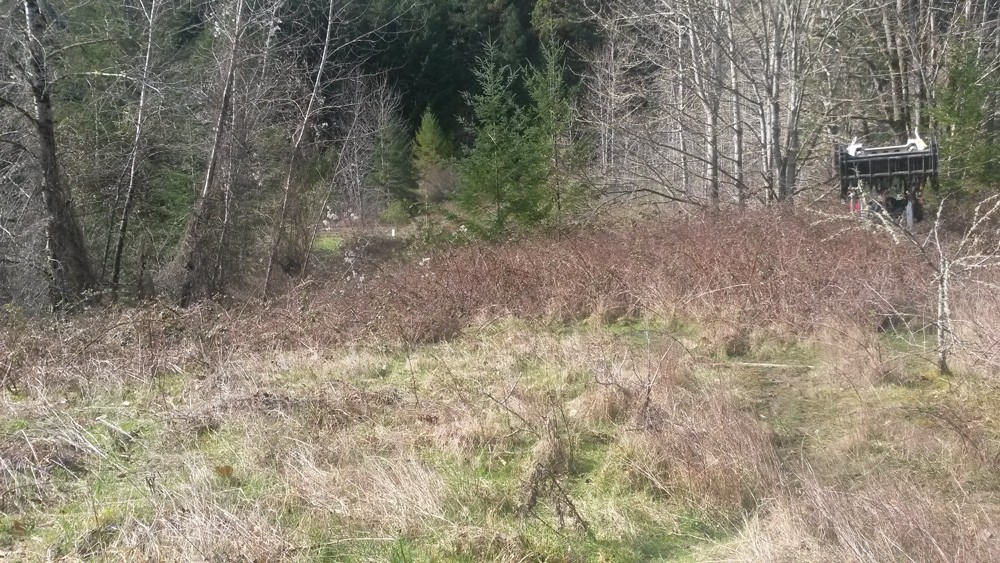
Before
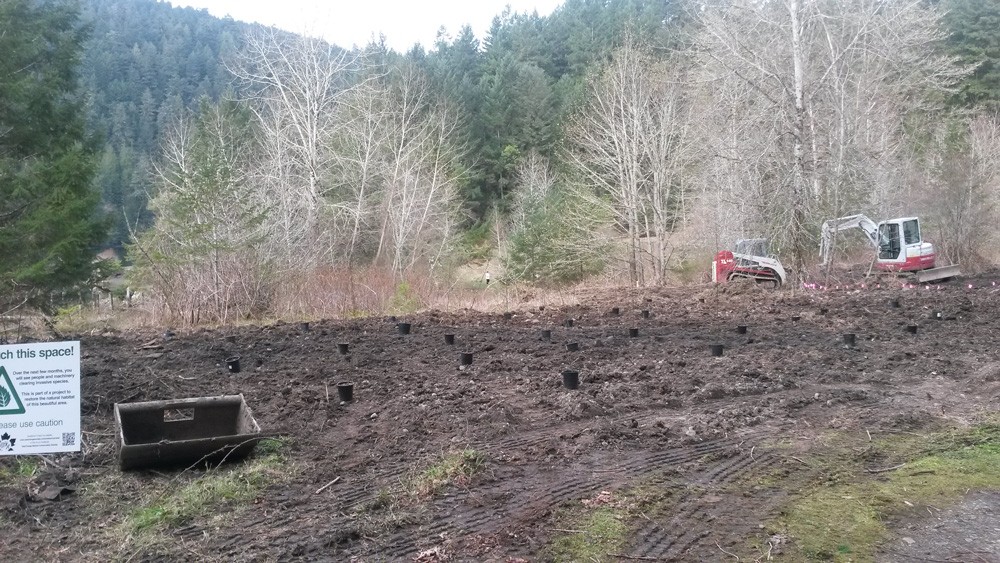
After
Site 7c Shoreline
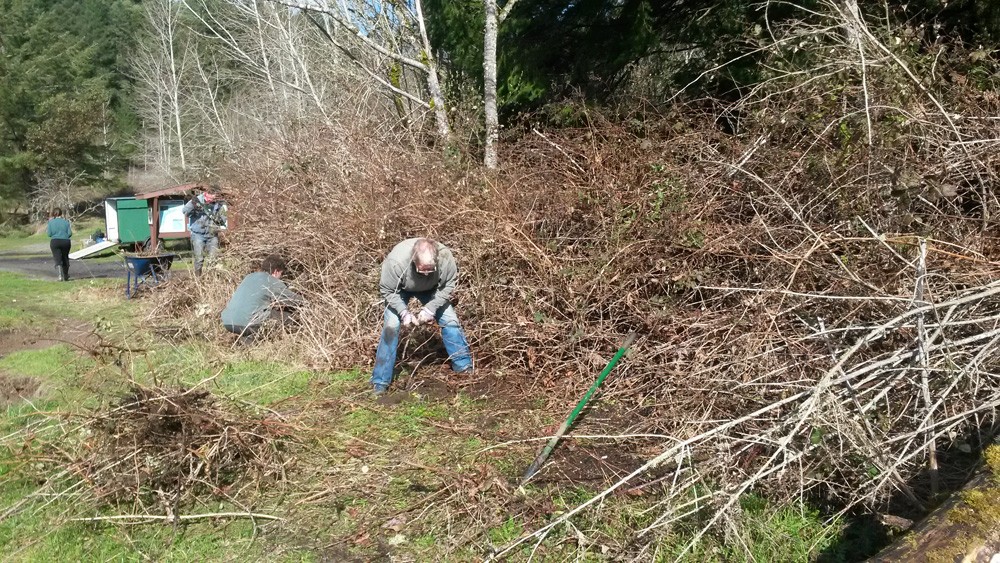
Before
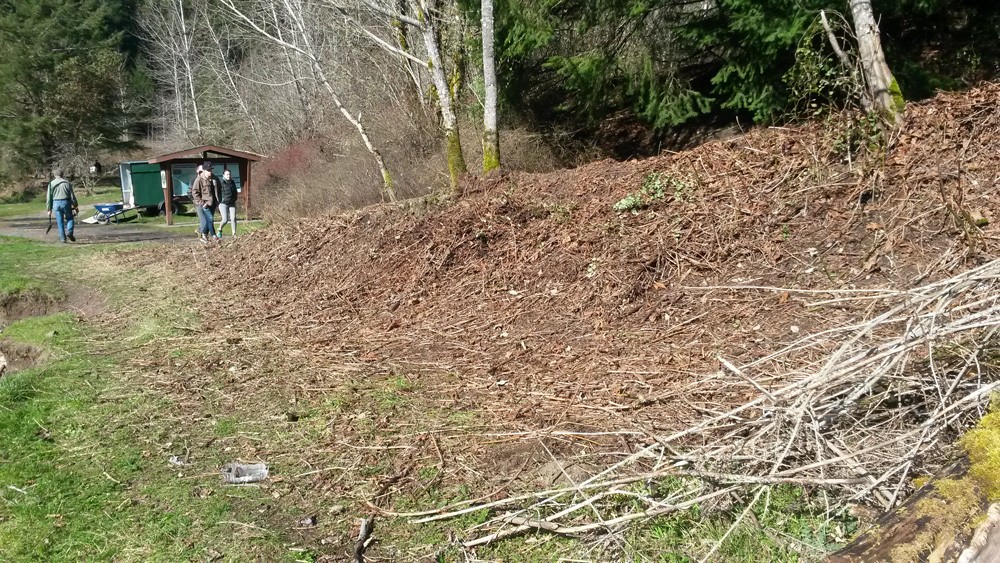
After
Site 10c
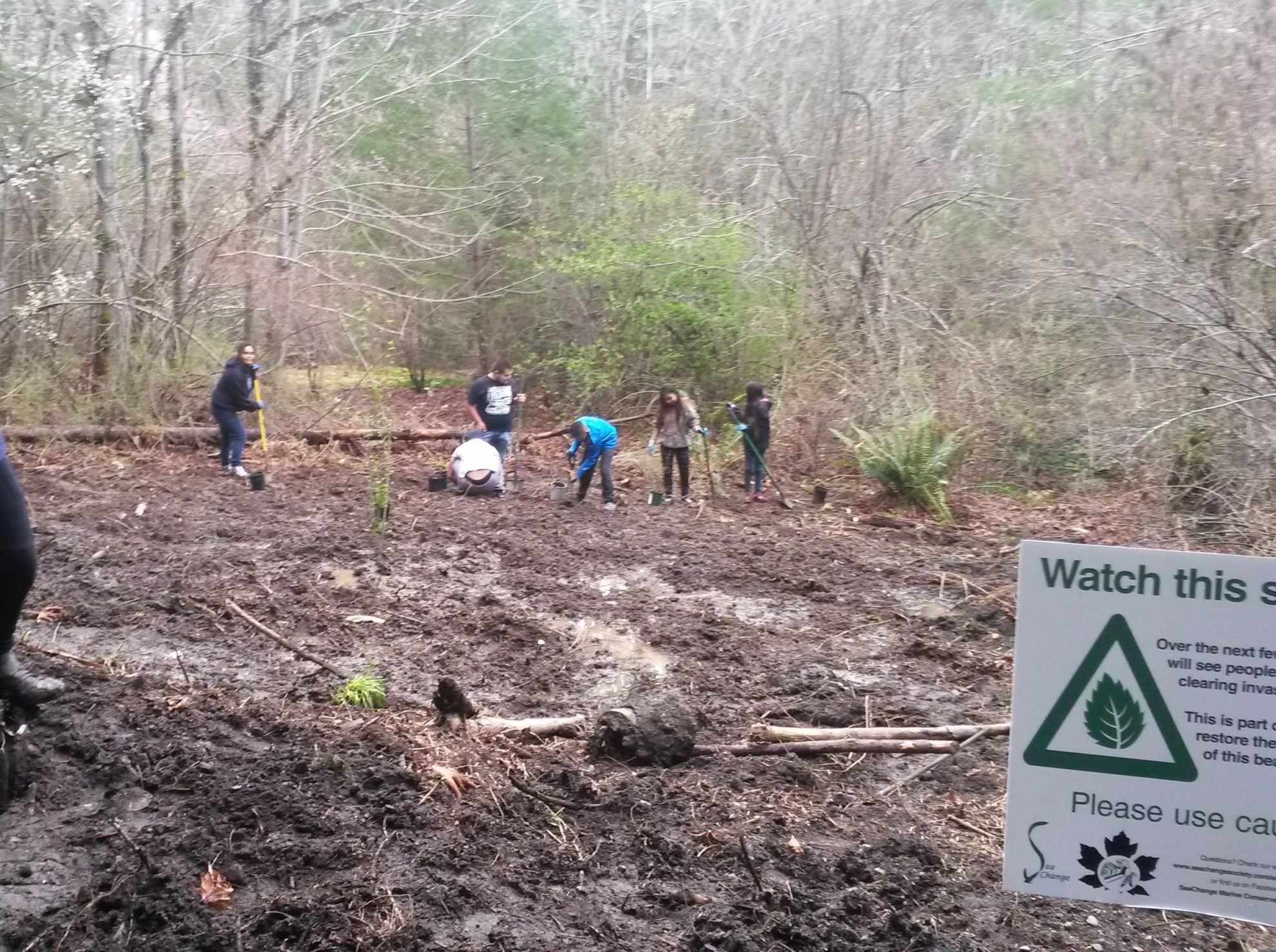
Before
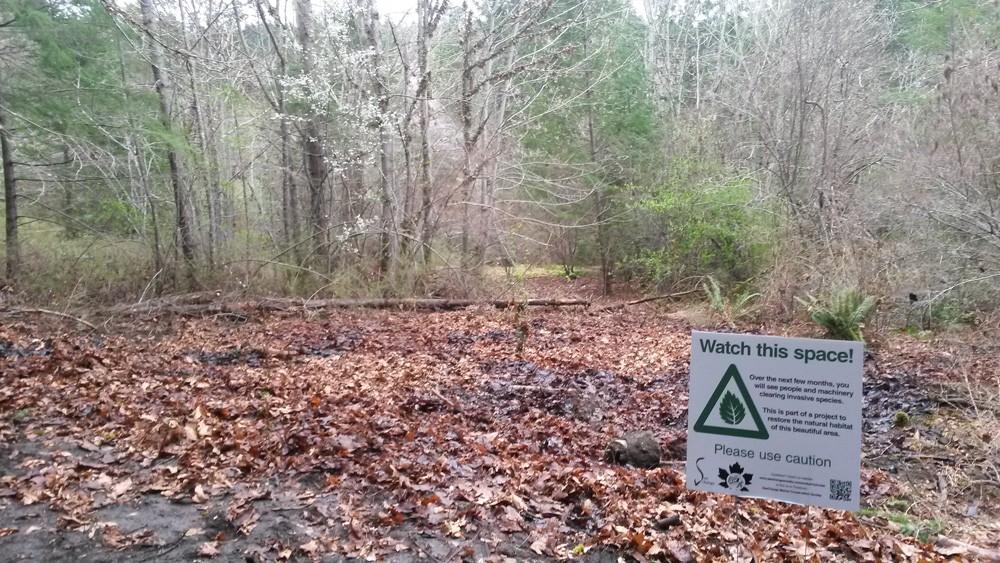
After
Site 13
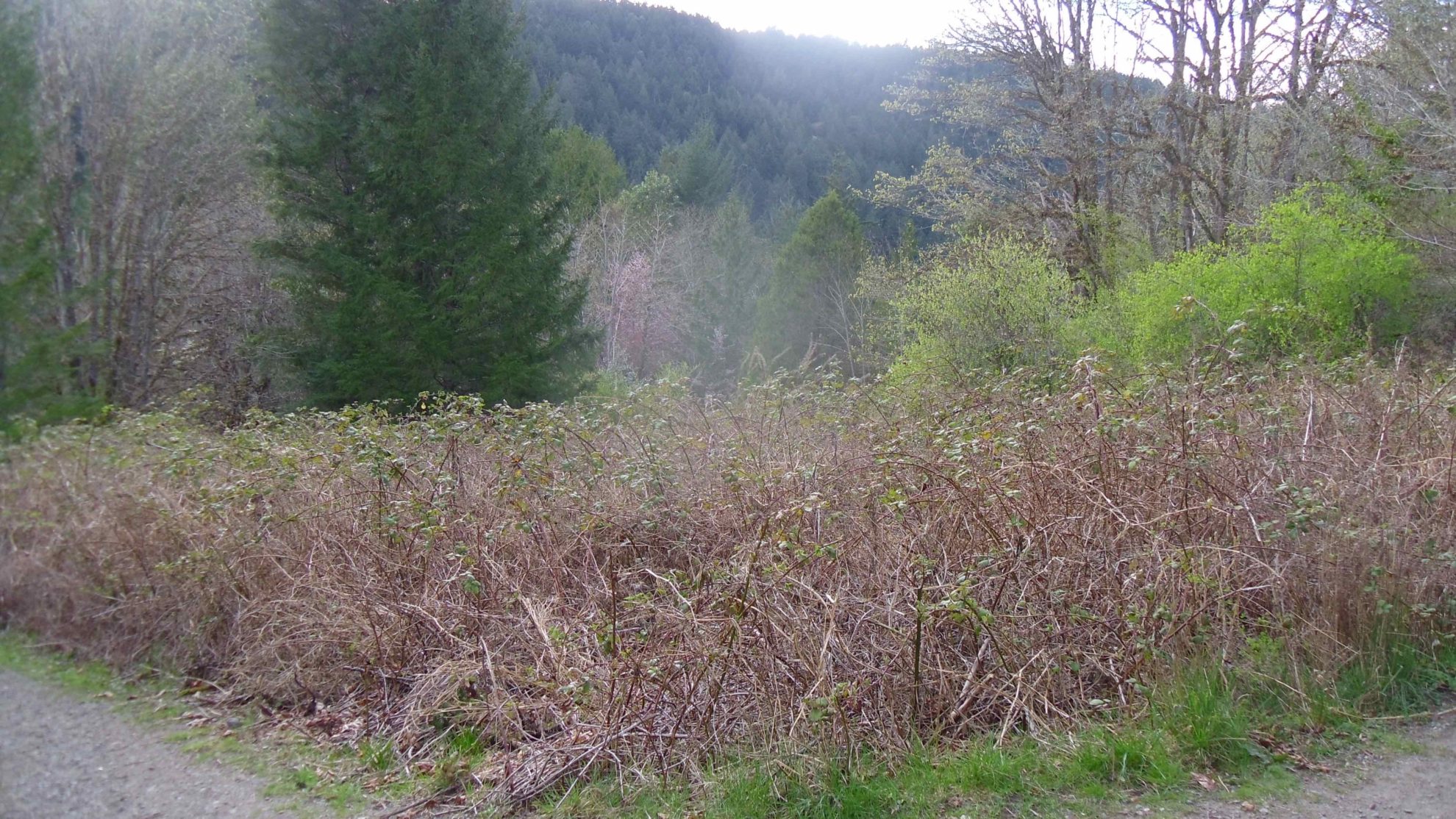
Before
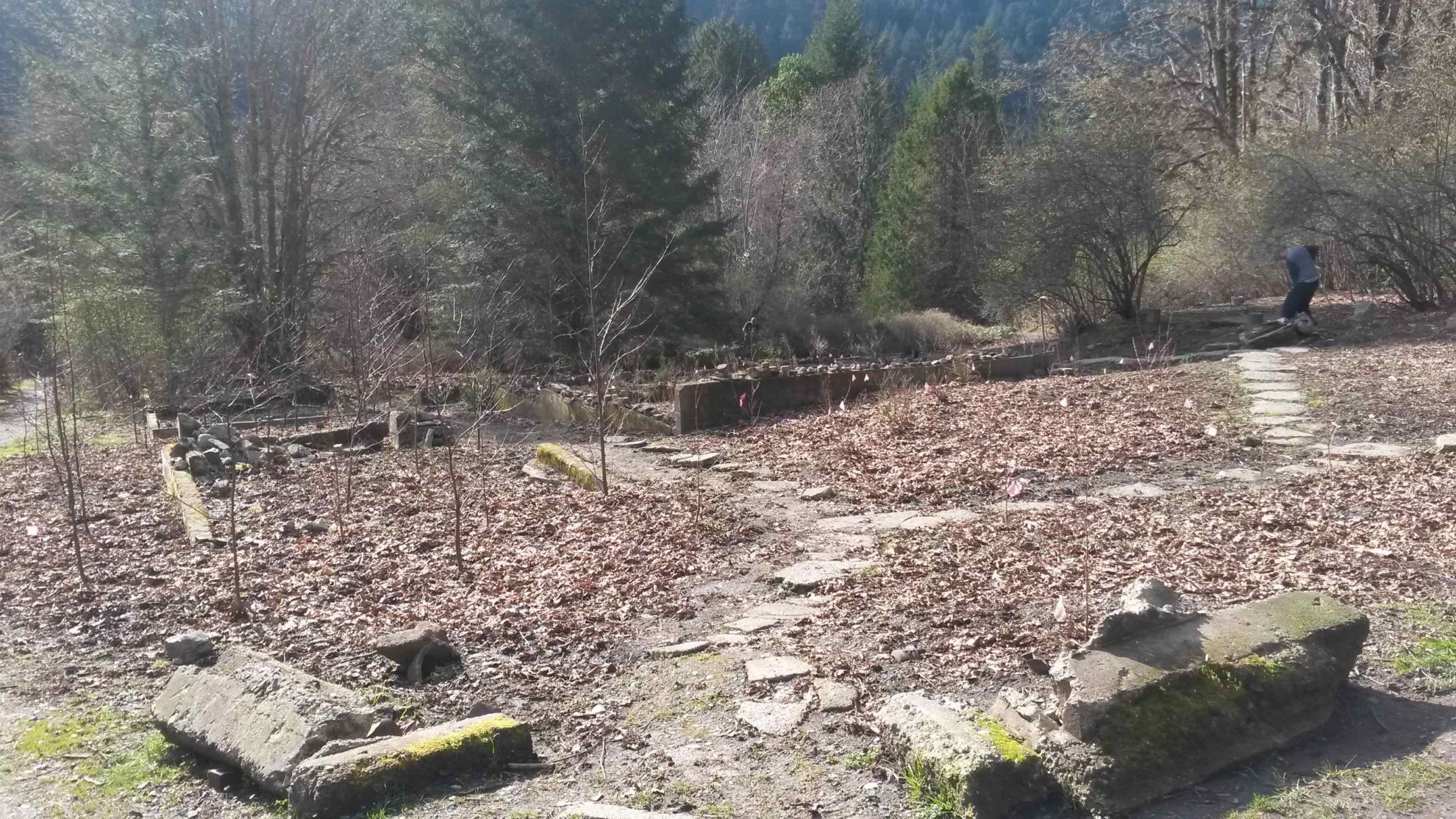
After
Restoration Blog
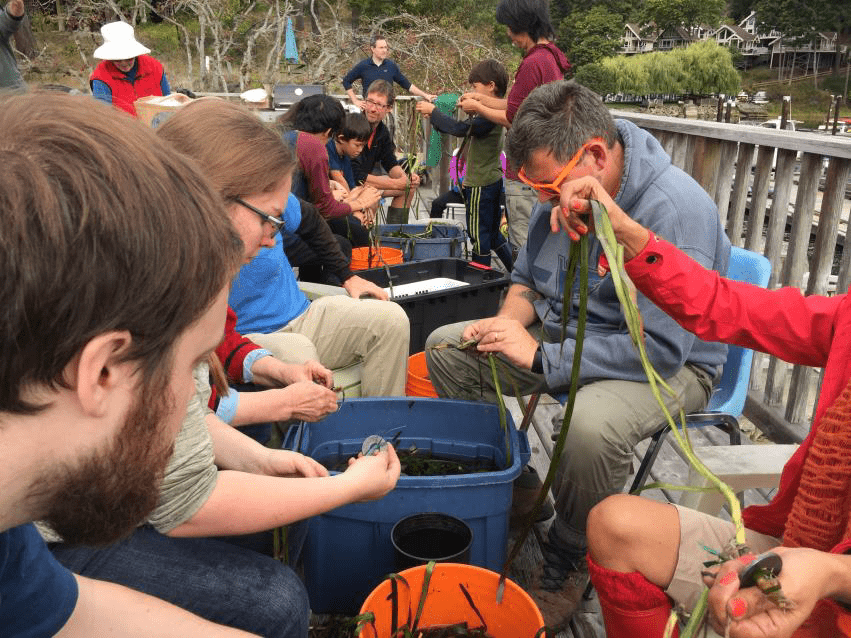
NEW DATE: Cowichan Bay Eelgrass Restoration
Volunteers are invited to participate in an eelgrass transplant in Cowichan Bay. Join a growing community of people helping to restore critical salmon habitat!
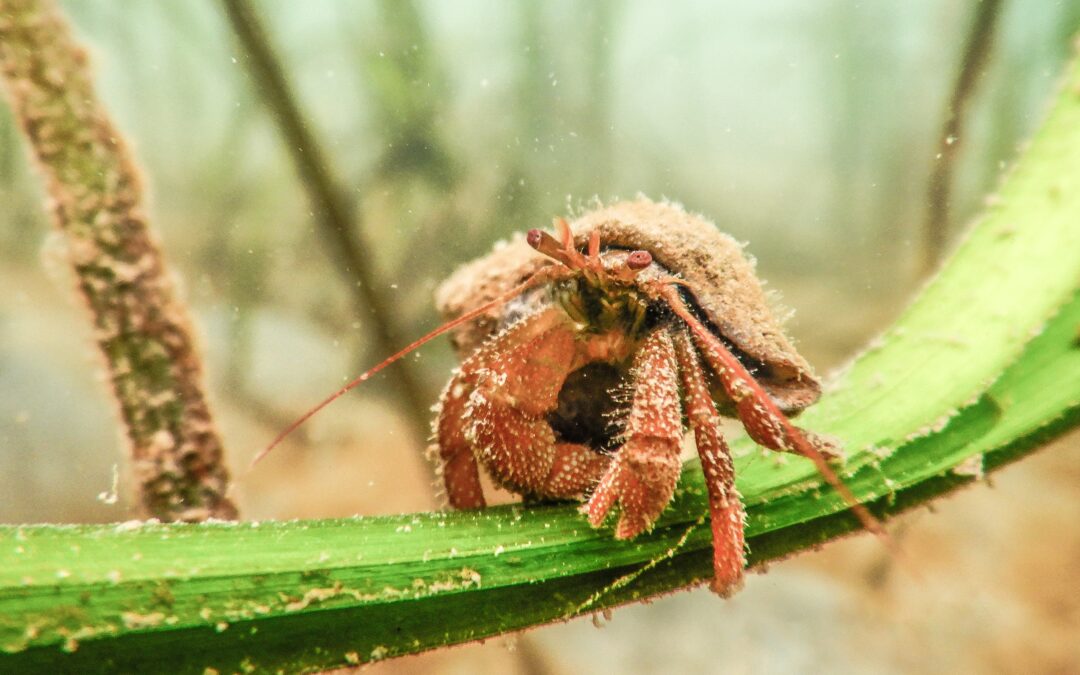
SeaChange Annual Report
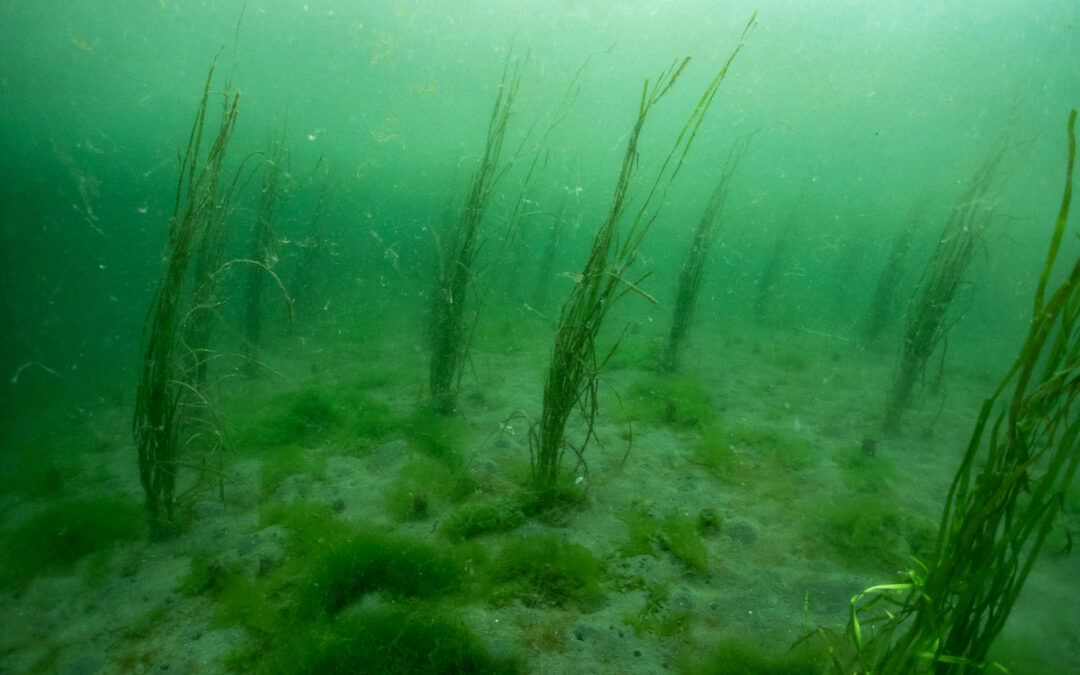
SeaChange AGM and Events!
SeaChange AGM and Virtual TourGreetings everyone! We hope you will join us for our AGM and a unique interactive tour of the Shaw Centre for the Salish Sea. Memberships to SeaChange are available for $25 (waged) or $10 (unwaged). Payment can be made by cheque or...
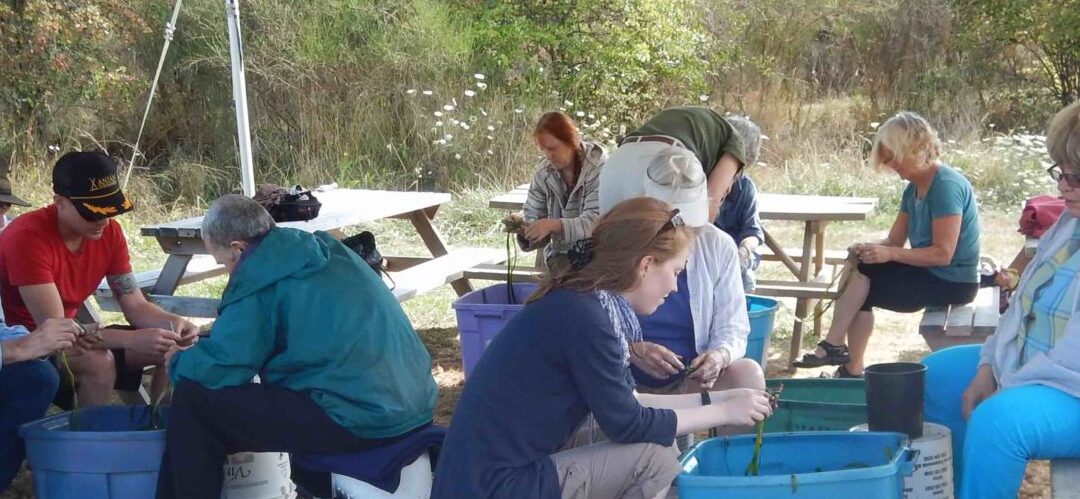
Eelgrass Restoration on Pender Island: Volunteers Needed!
Medicine Beach, North Pender Island Saturday, March 17 and Sunday March 18, 2018 9:30 am to 3 pm Bring a lunch and come prepared for the weather. For more information or to register, please contact: Ann Eriksson by email at author@anneriksson.ca or by phone at...
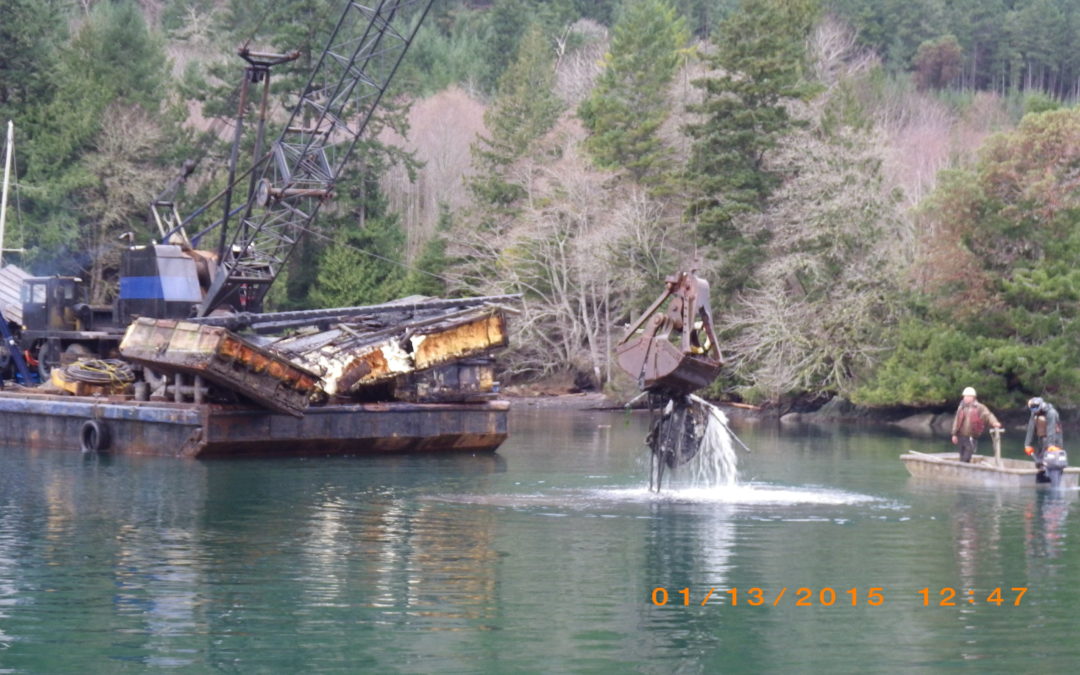
SeaChange Awarded 5-year Funding for Marine Habitat Restoration
SeaChange has received support from the Coastal Restoration Fund for five years to restore nearshore marine habitats with coastal communities of the Gulf Islands, Howe Sound, Burrard and Sechelt Inlets. The first community meeting for the Gulf Islands will be...
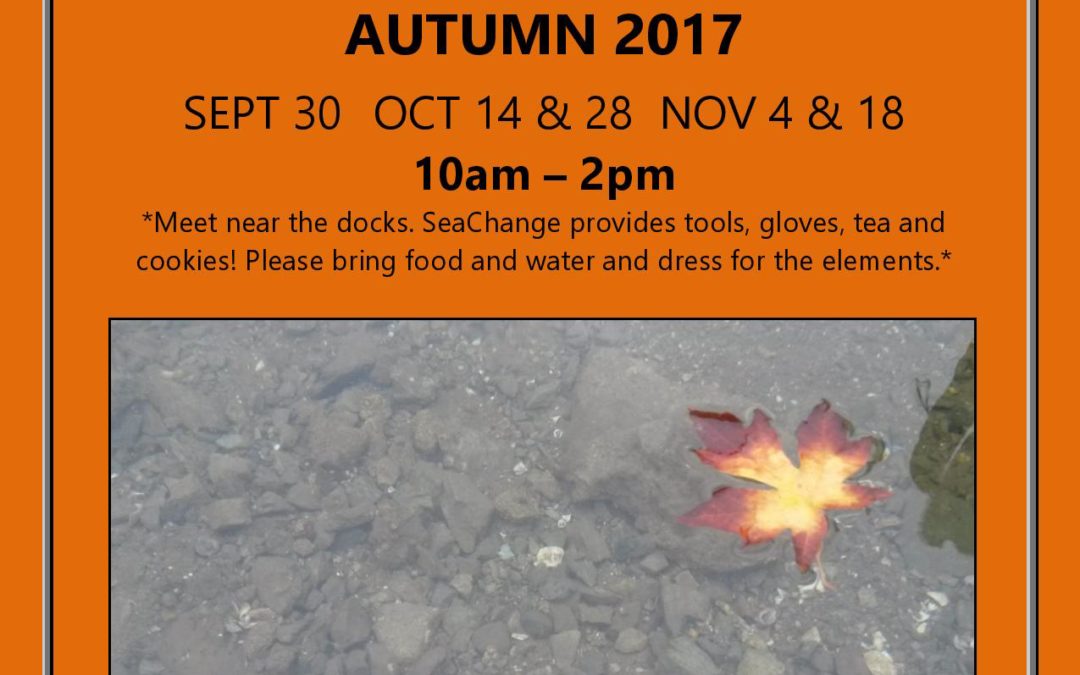
SṈIDȻEȽ Autumn Volunteer Days
Greetings! Please check out our next round of volunteer dates for restoration work at SṈIDȻEȽ (Tod Inlet, Gowlland Tod Provincial Park): October 14 & 28 and November 4 & 18. We are looking forward to another fun season with the community in this beautiful...
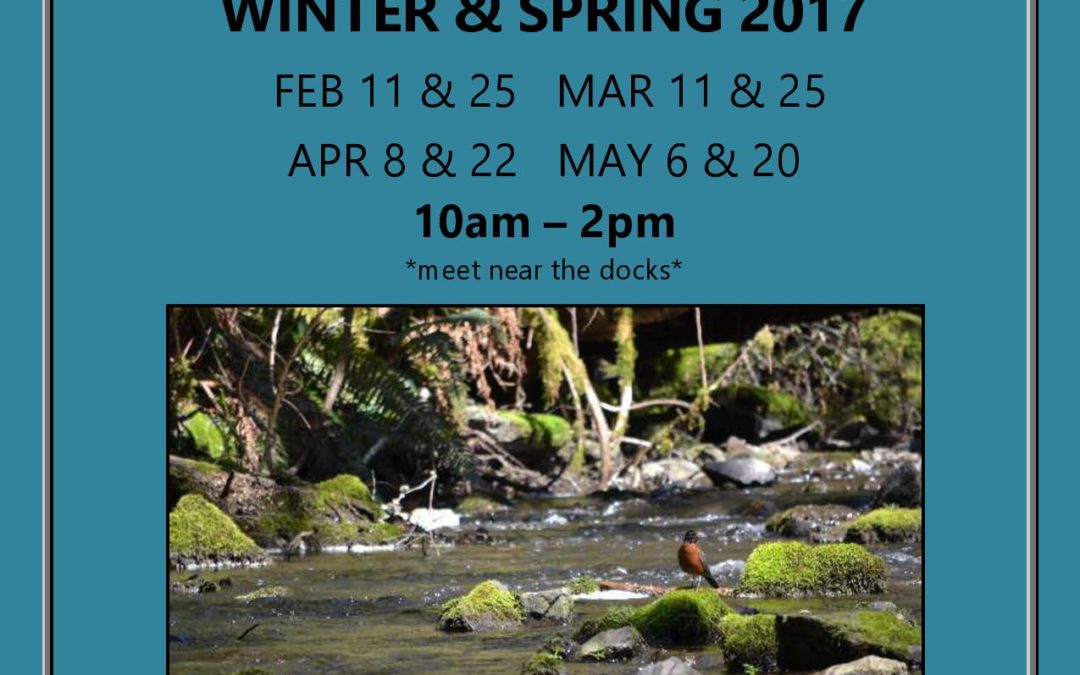
SṈIDȻEȽ Volunteer Day May 20
Greetings SeaChange volunteers, Our next restoration volunteer day is from 10am-2pm this Saturday May 20. We meet at 10am near the docks (look for a teal pickup truck). Throughout the day we will be removing invasive species and taking care of this special place....
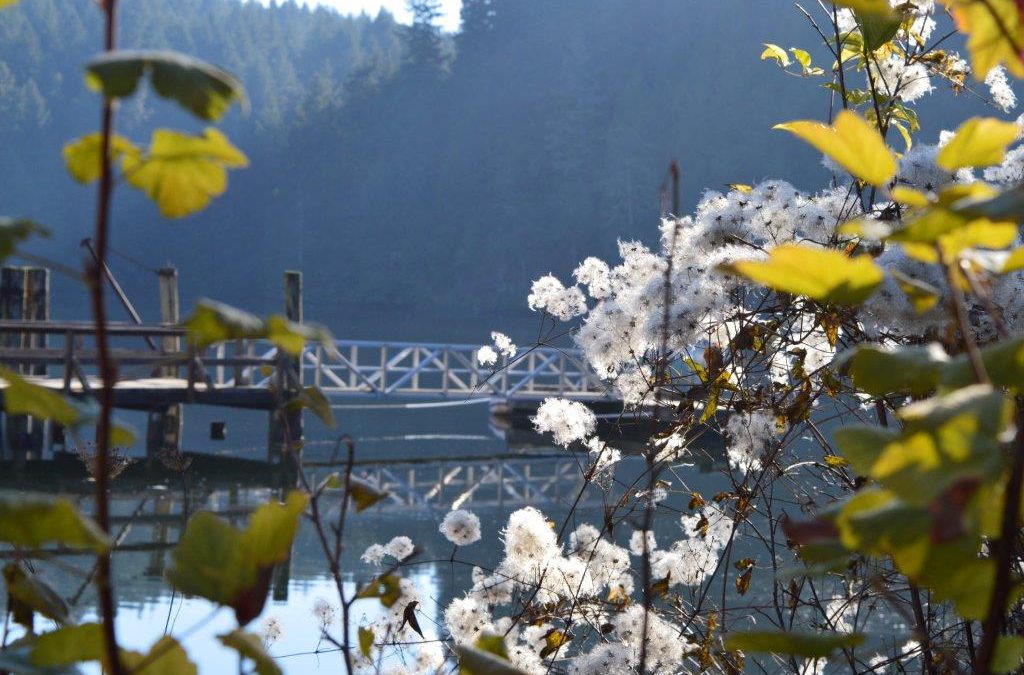
Earth Day at SṈIDȻEȽ April 22
Greeting SeaChange volunteers, Spring has arrived at the inlet! Everywhere we are seeing the amazing profusion of beautiful sounds and colours that this season brings with it; it is such a welcome experience after such a long winter. Come and experience it at our next...
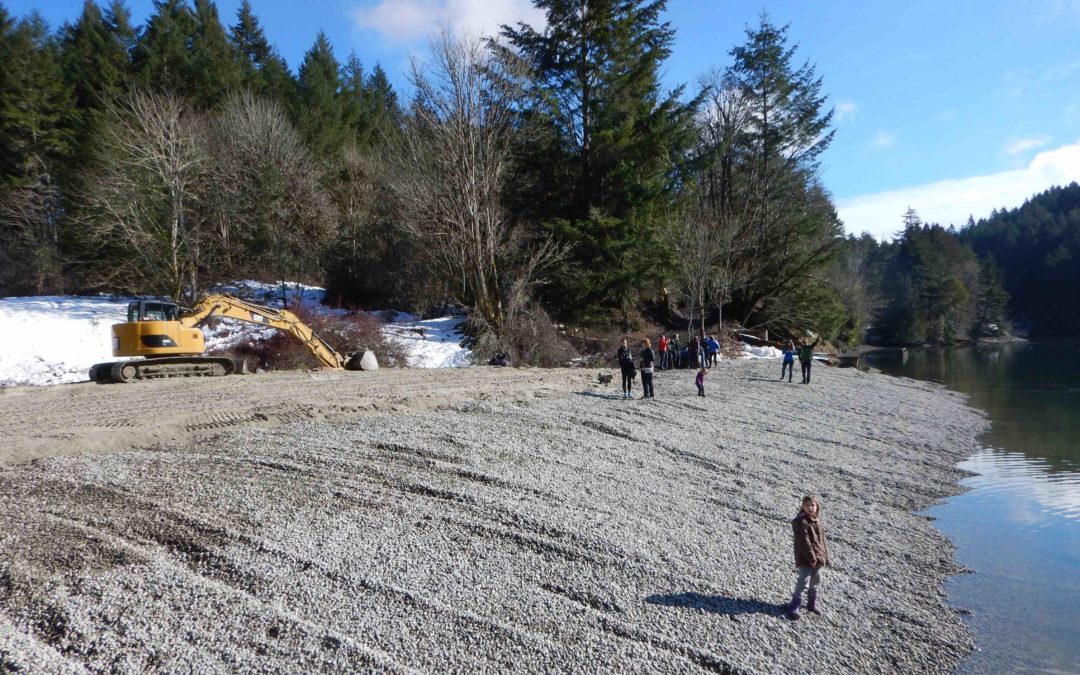
Beach Enhancement Project: Phase 3 Completed!
On Friday, February 10th, at 5 am a barge of sand and gravel from Sechelt arrived in Brentwood Bay to begin the beach enhancement shore restoration in Tod Inlet (SṈIDȻEȽ or the Place of Blue Grouse). The placement of gravel and sand on the shore is the culmination of...
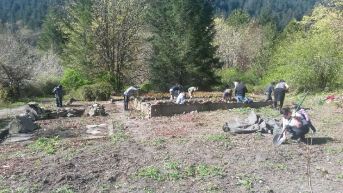
SṈIDȻEȽ (Tod Inlet) Winter & Spring Volunteer Days
Please join us on Feb 25, Mar 11 & 25, Apr 8 & 22 and May 6 & 20, from 10am-2pm. We will be building on the amazing work of the past year and ensuring our amazing restoration sites continue to flourish!
